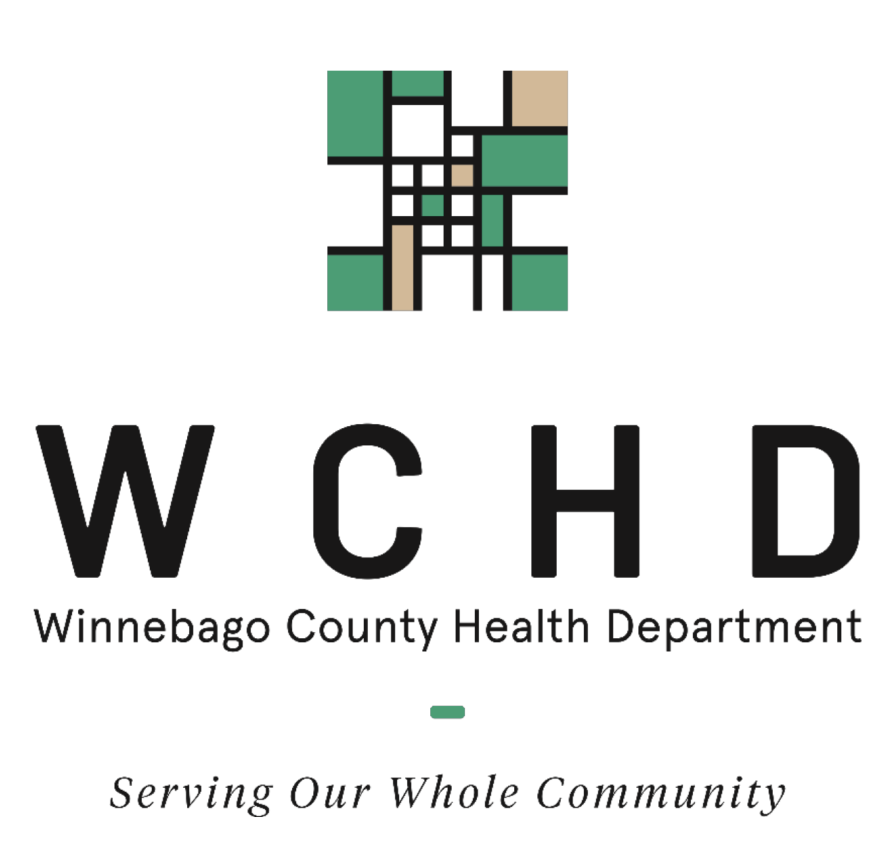Following up our recent lead poisoning series, WNIJ's Peter Medlin talked to Leslie Wallace of the Winnebago County Health Department -- joined later in the conversation by Ryan Kerch, also of the department -- about services for kids with lead poisoning and its federally-funded mitigation program.
Peter Medlin (PM): “The county health department gets involved in the process once a person tests positive for lead, correct?”
Leslie Wallace (LW): “Yes, the provider will send a positive test to the state, and then that's how we get that.”
PM: “And then, in Winnebago County, about how many people a year are you alerted by the state, and then reach out to help?”
LW: “COVID kind of made things a little different, not as many kids were getting tested. It's definitely amped up now that people are going back to the doctors. So, I think we had around 160 cases the past year.”
PM: “Okay. Can you give me an overview of what support and guidance the health department offers people who do test positive?”
LW: “Yeah, so when a child tests positive and we're notified it initiates, like, a series of events. It initiates case management on our end, and what they do is contact the families to educate them about lead poisoning prevention like common sources of lead exposure in the home, proper nutrition, hand washing, cleaning the home, things like that.”
PM: “And you're helping them identify the source of lead in their home too?”
LW: “So, that's the next step. That's the environmental, and that's kind of what I manage. When a child is positive, a lead nurse will let us know. We will contact the family as well to initiate a lead inspection. The lead inspection includes a surface-by-surface investigation of the home to determine if there's any presence of lead in the home and, if there is, determine if it's a lead hazard.”
PM: “Would you say more often than not in a situation where you're going into a home of someone who's tested positive that you do identify a lead hazard?”
LW: “Yeah, absolutely. I mean, the most common source of lead exposure is lead-based paint. We usually find some type of lead hazard in the home. If we don't then part of case management is asking, ‘Where else does the child go? Do they go to a daycare or grandparents’ house?’”
PM: “But you would say, in the majority of cases, you are able to identify a hazard in the house? And most commonly that is lead-based paint?”
LW: “Absolutely.”
PM: “And is there a spot in the house like a window sill [where a lead hazard is typically found]?”
LW: “Yeah, a lot of our older home stock has original, double-hung windows. If those are painted with lead paint, there's such a friction source that whenever the windows are opened and closed it creates lead dust that gets onto the windowsill and even possibly the floor. Friction surfaces, windows, doors, things like that are definitely a common source of lead exposure.
We're concerned about chronic exposure to lead. We want to try to get the child away from that lead exposure as soon as possible. Sometimes just cleaning the window sills is enough, in the moment, to lower that lead blood level. But we do, as a health department, have a grant right now, funded by The Department of Housing & Urban Development (HUD), which is our lead-based paint hazard control grant. Families, or tenants and landlords can apply and, if they qualify, we can come in and fix the lead hazards for them.”
PM: “Most of the residents that we talked to, not only in Winnebago County, said that they felt like there was a lack of guidance from government agencies when it comes to lead exposure and poisoning. I'm just curious, from your perspective, why do you think that perception exists?”
Ryan Kerch (RK): “A lot of people know that lead-based paint was banned in 1978 for residential use. And I think there is just this kind of assumption that lead poisoning went away with that -- that's very much not the case. Just because we banned lead paint few decades back doesn't mean it disappeared from the homes it's still in.
So, that's where it comes down to education for families who do have a lead-poisoned child. We reach out to them, and we work with them very closely. I would say if anybody has any concern about their child's exposure, our best recommendation is to talk to your physician and have that lead test done. And if you have questions after that, call your local health department.”
PM: “Should there be any new state legislation or anything that could help people dealing with lead in their homes or even in their bodies; or make the process easier to help them receive services? Is there anything that the health department is advocating for like that?”
LW: “We're always advocating for more funding. We've had our HUD grant for several years now and it is a proactive program as well. You don't have to have a lead-poisoned child to qualify for the program to have a lead inspection done and the lead hazards mitigated. Anyone can apply and have that done before any lead poisoning can happen.”
PM: “So, people that suspect that there could be lead in their homes can reach out?”
LW: “Any home built before 1978, and if they have a child under the age of 6 living there or visiting. And it is geared towards low-income families. If any of those aspects qualify them then we can go out there and do that.”
RK: “The program is available to income-qualified families in Stevenson, Winnebago and Boone counties.”


